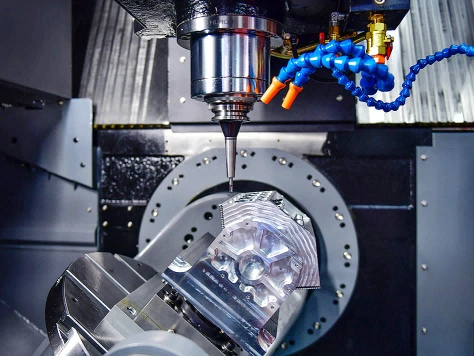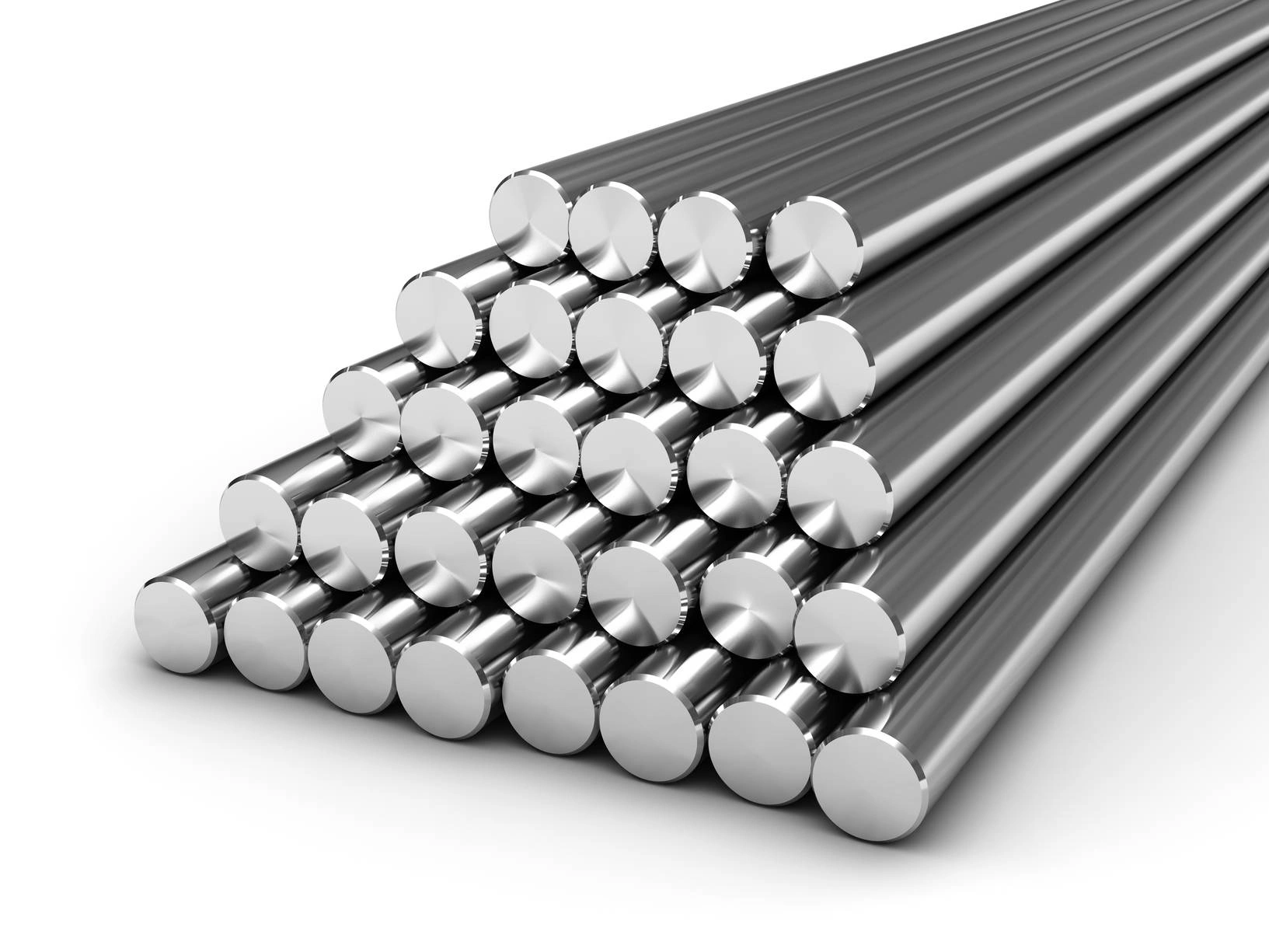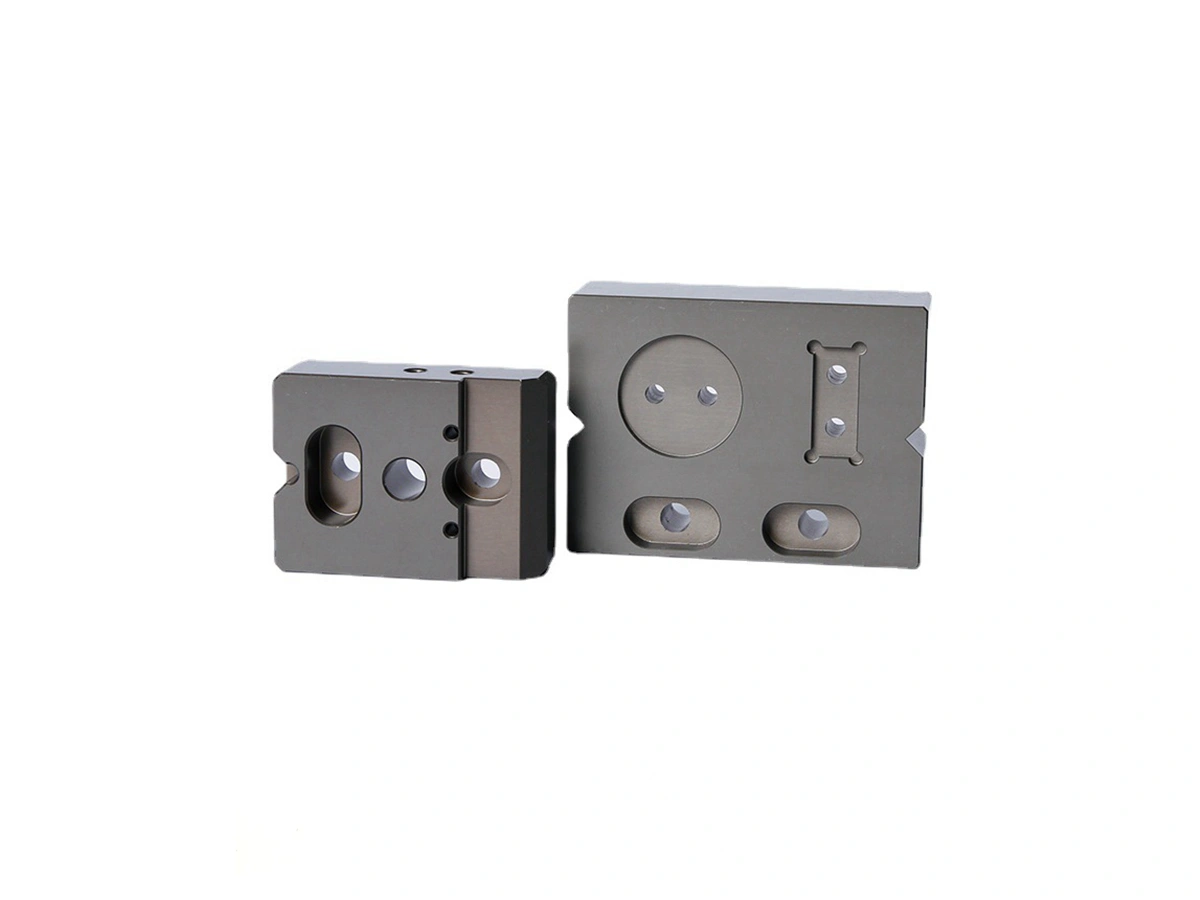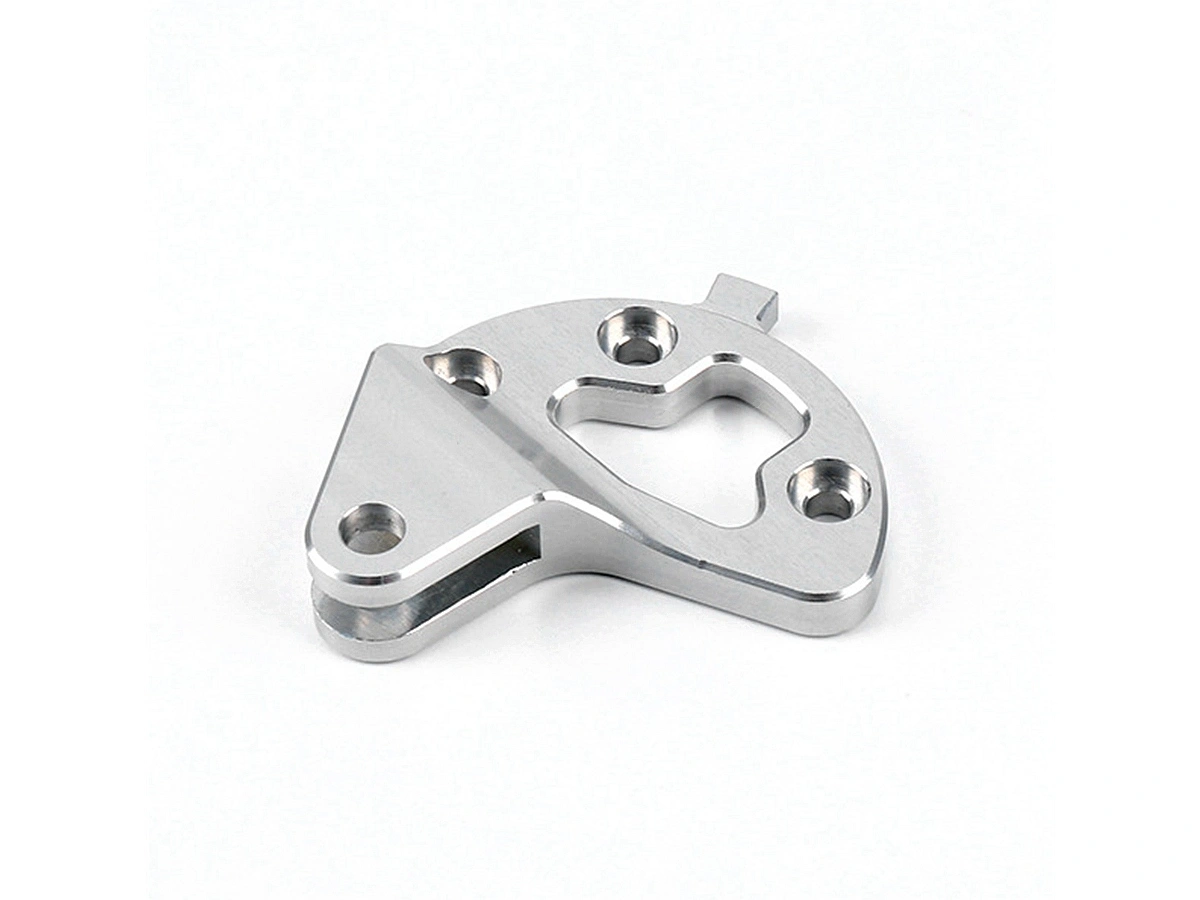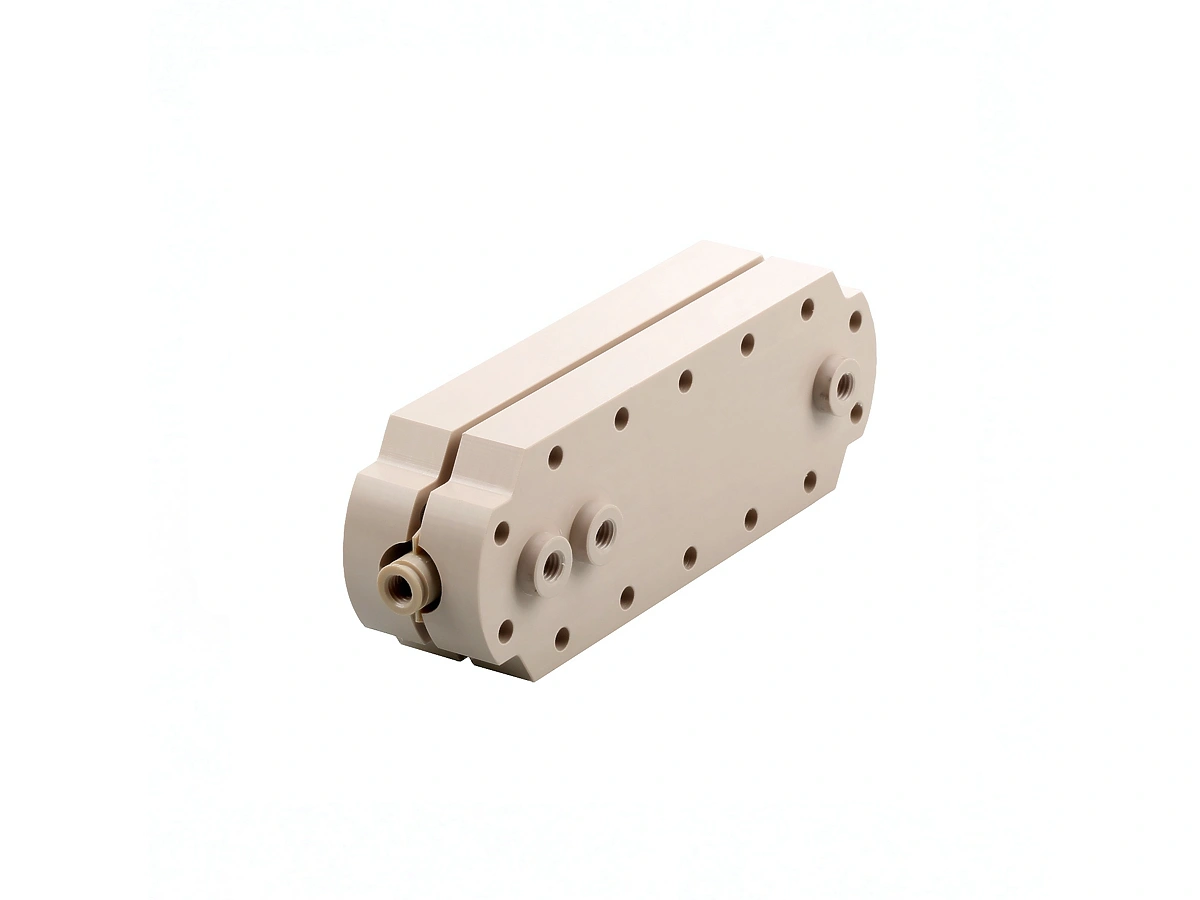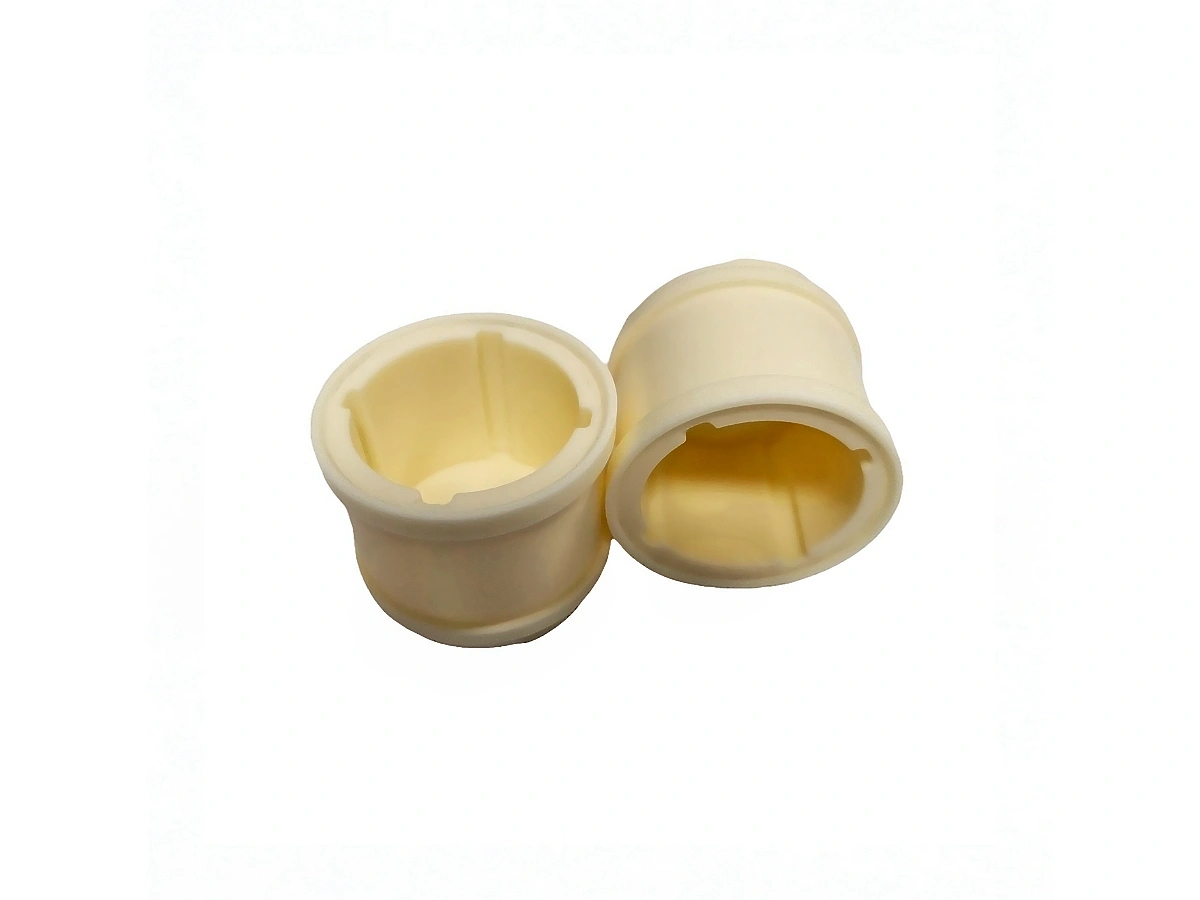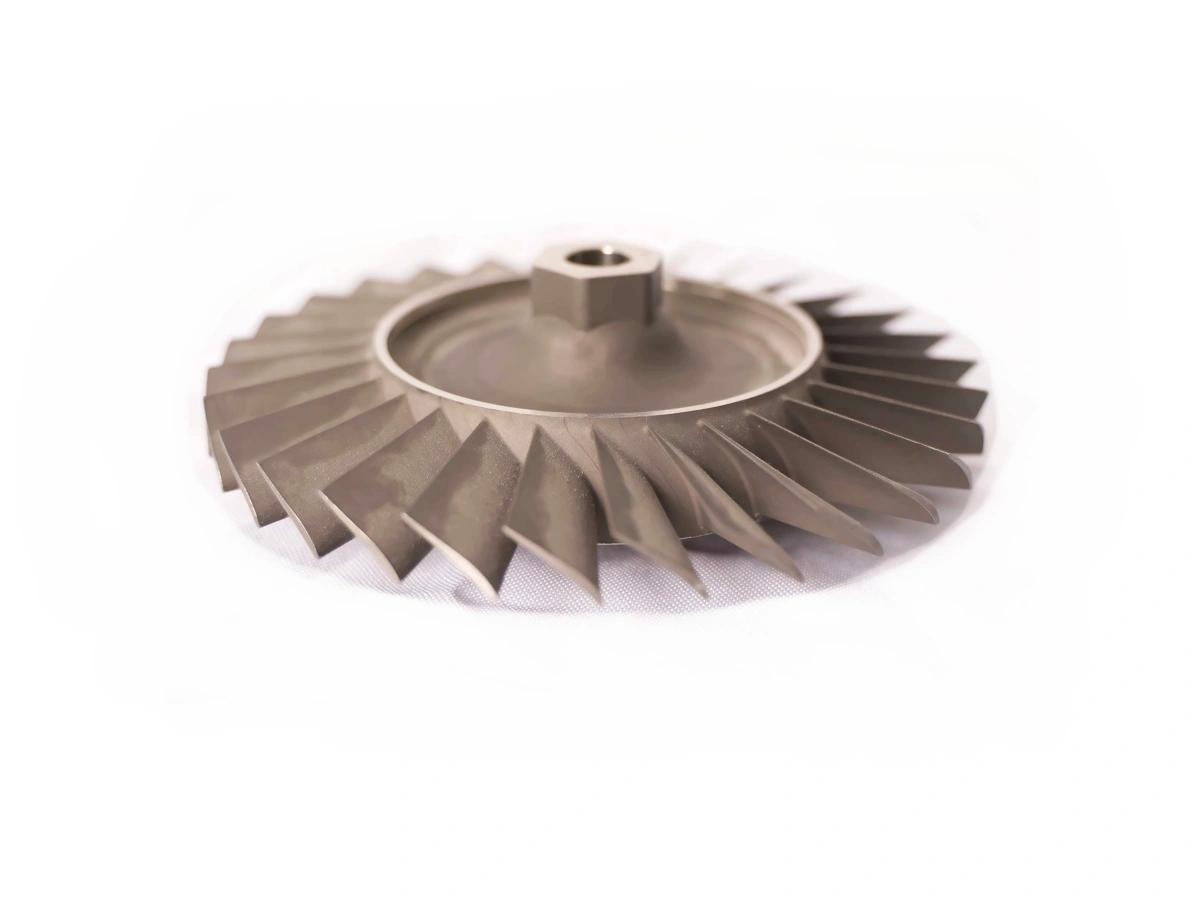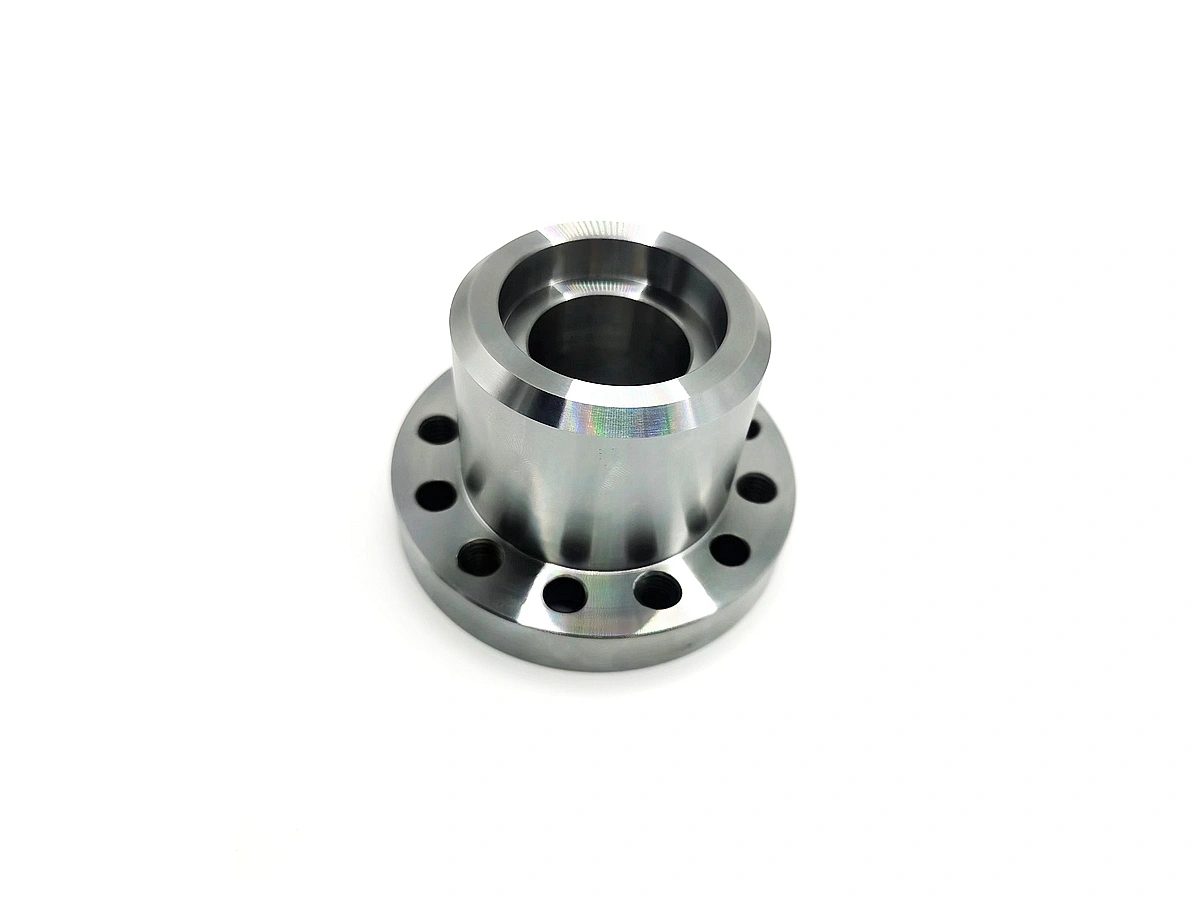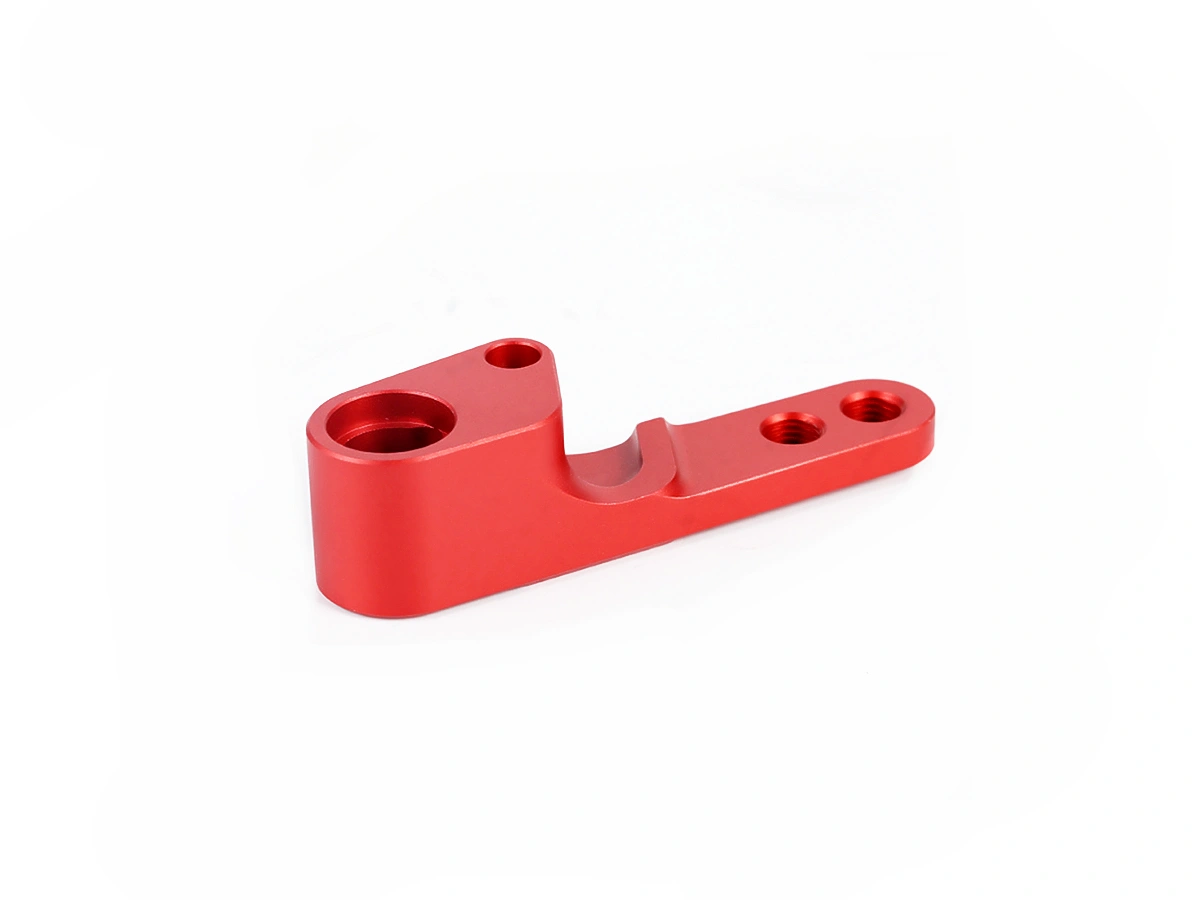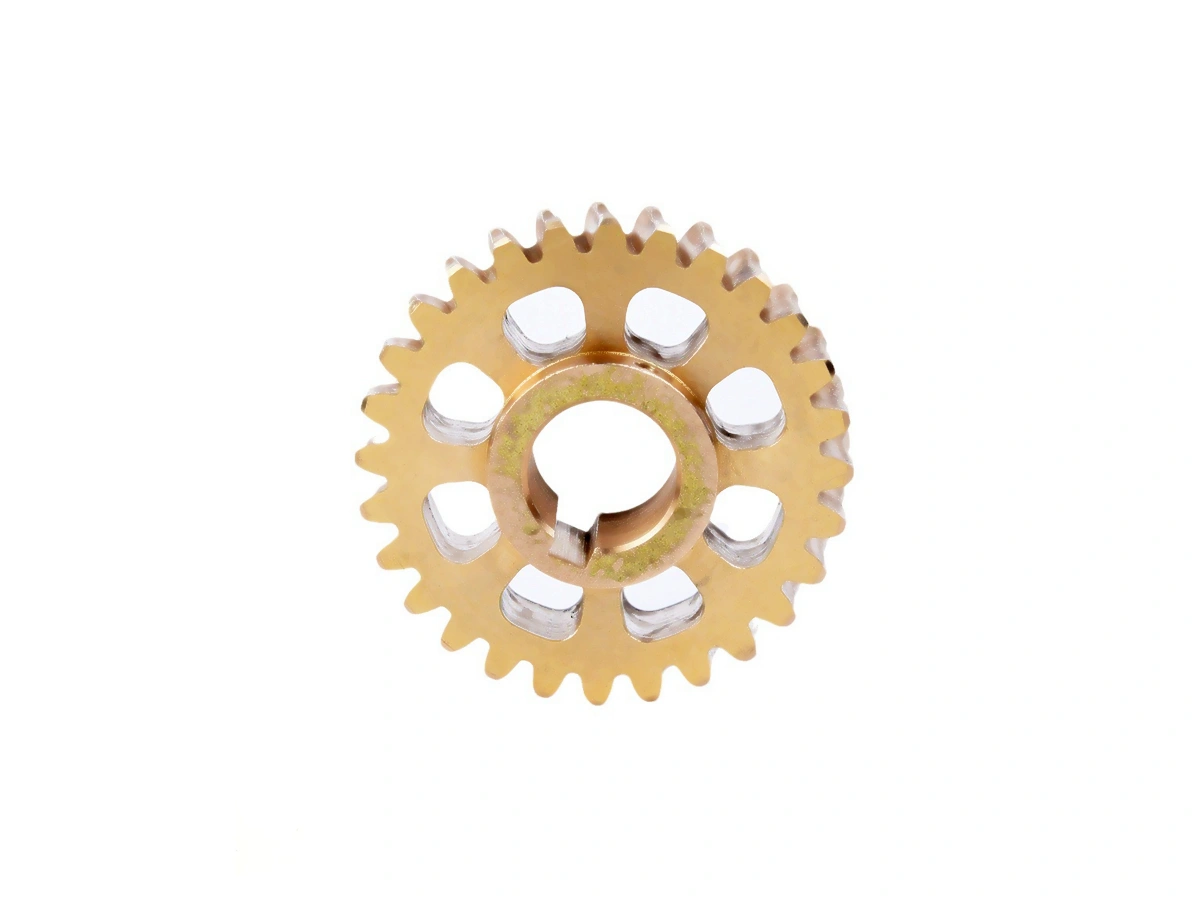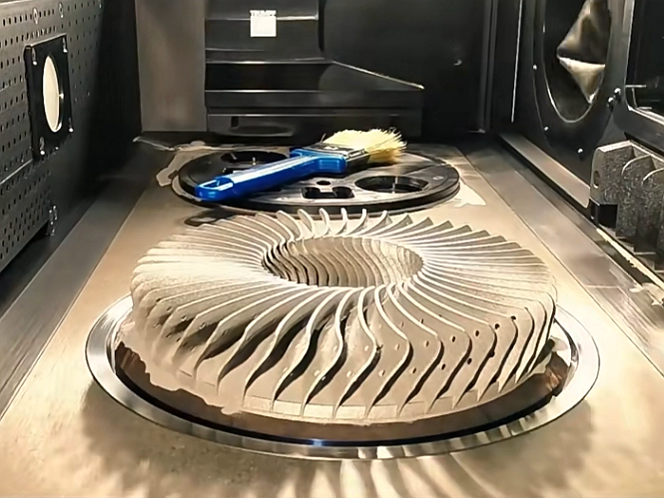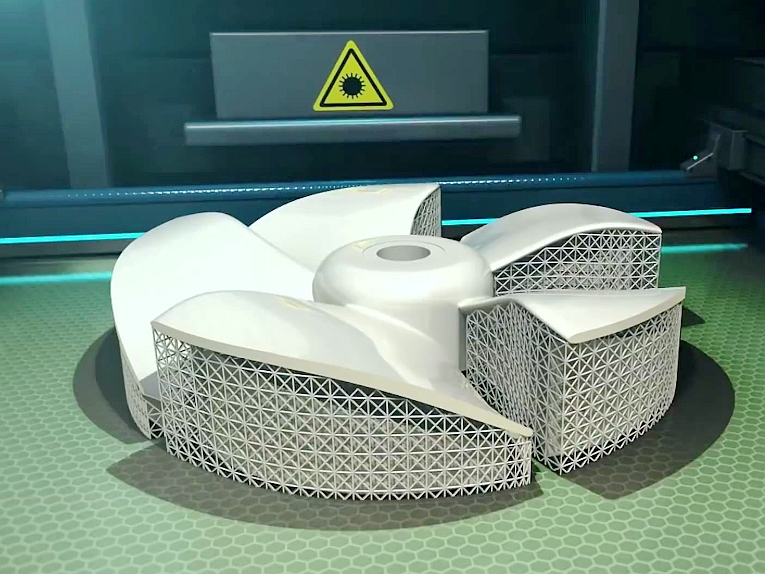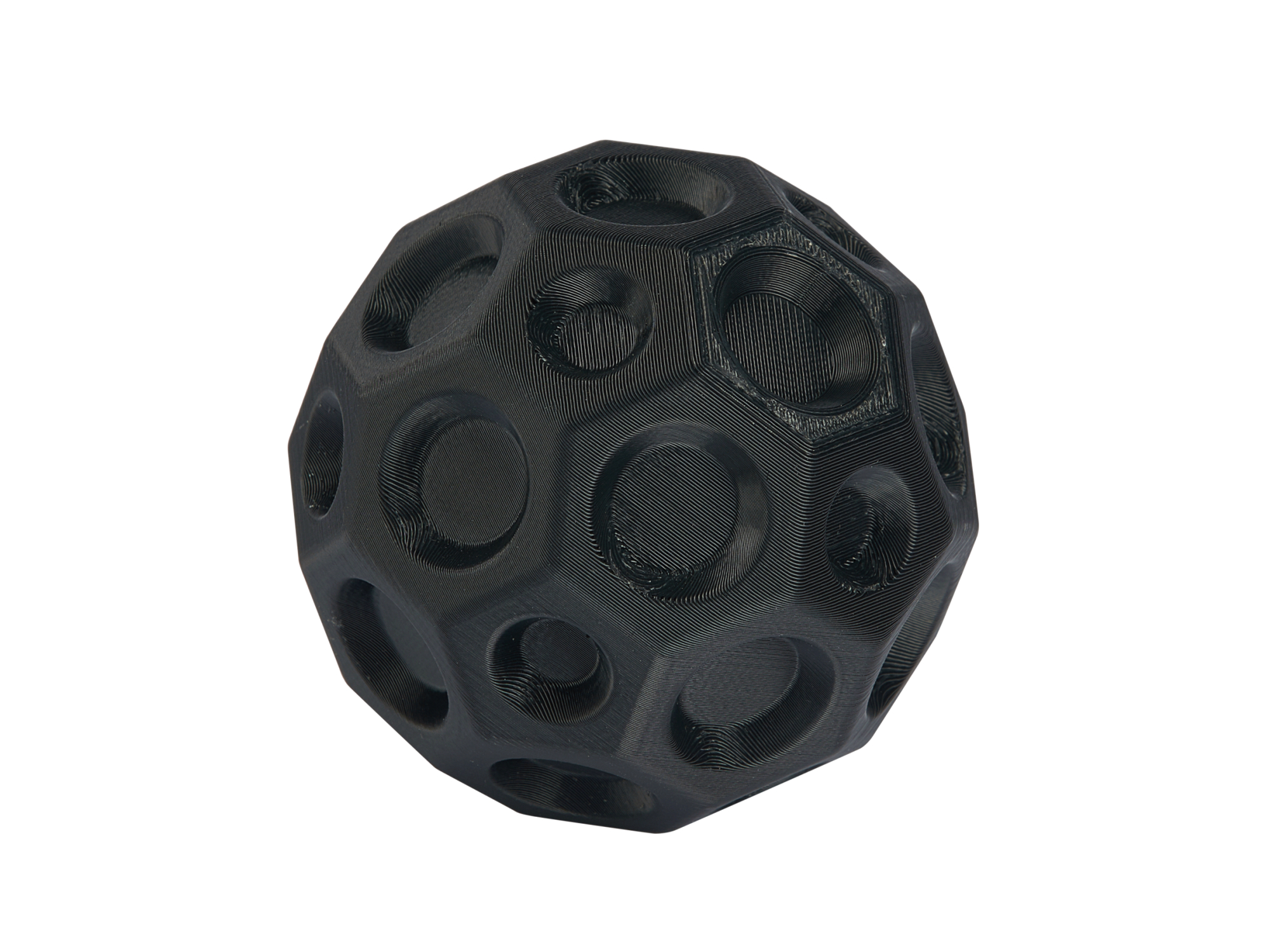Custom Parts Online Rapid Prototyping Service
Neway offers a Custom Parts Online Rapid Prototyping Service, providing fast, precise prototypes using CNC Machining, 3D Printing, and Rapid Molding. Our service ensures quick turnaround, high accuracy, and customized solutions for your unique part requirements.
- CNC Machining Prototyping Service
- 3D Printing Prototyping Service
- Rapid Molding Prototyping Service
- Expedited Prototyping Service >>
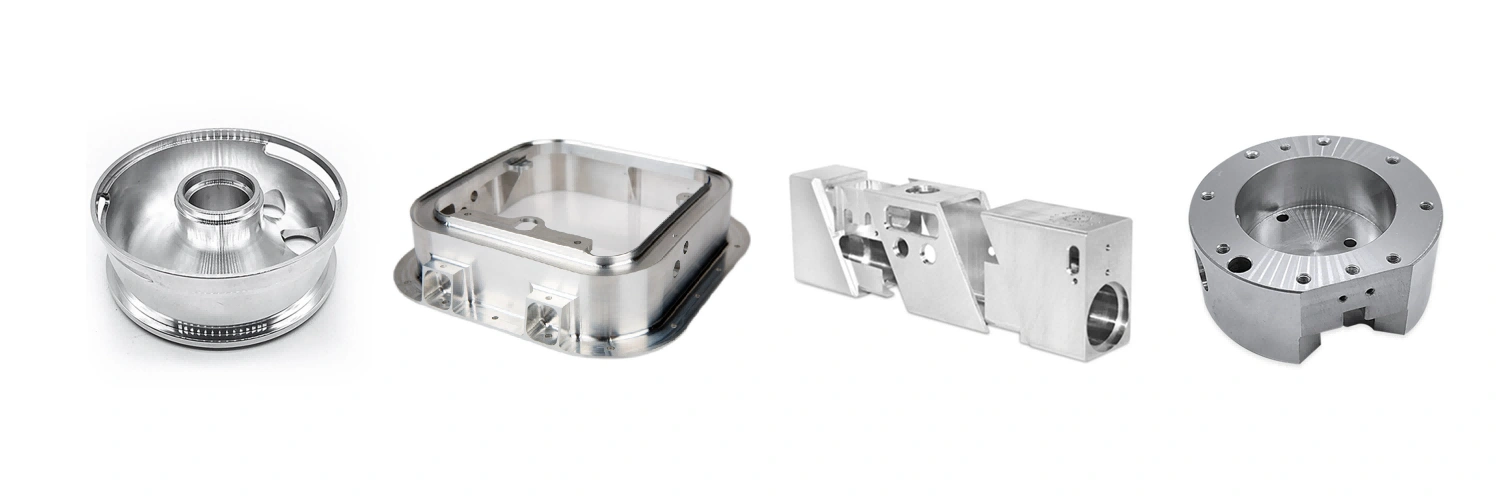
Send us your designs and specifications for a free quotation
All uploaded files are secure and confidential
Machining Prototyping Capabilities
Neway's Machining Prototyping capabilities include CNC Machining, CNC Milling, CNC Turning, CNC Drilling, CNC Boring, CNC Grinding, Multi-Axis Machining, Precision Machining, and Electrical Discharge Machining (EDM). We deliver high-precision prototypes with exceptional accuracy and fast turnaround.
Machining Prototyping Materials Solution
Neway’s Machining Prototyping Materials Solution offers a wide range of materials, including Superalloy, Titanium, Aluminum, Copper, Brass, Bronze, Carbon Steel, Stainless Steel, Plastic, and Ceramic, ensuring high-performance prototypes with superior quality, precision, and material-specific properties.
Surface Treatment for Prototyping Parts
Neway’s Surface Treatment for Prototyping Parts includes processes like anodizing, coating, polishing, plating, and heat treatment. These treatments enhance material properties, improve durability, corrosion resistance, and surface finish, ensuring high-quality, functional prototypes suited for demanding applications.
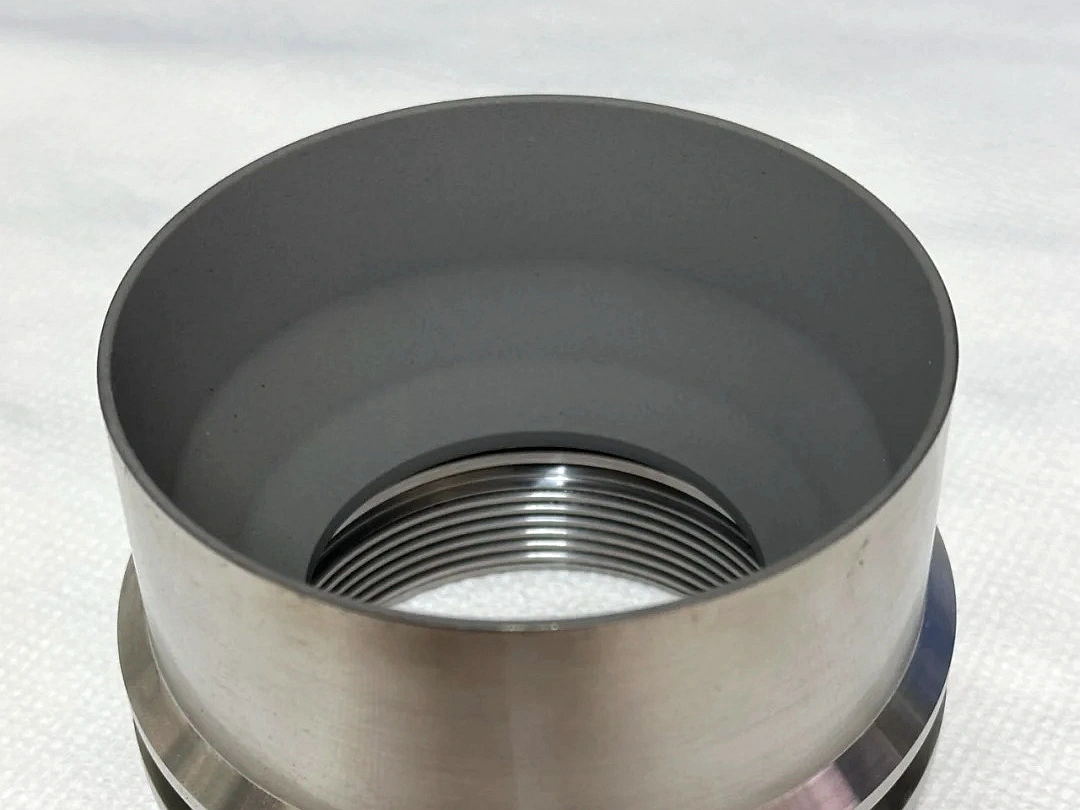
Learn More
Thermal Coating
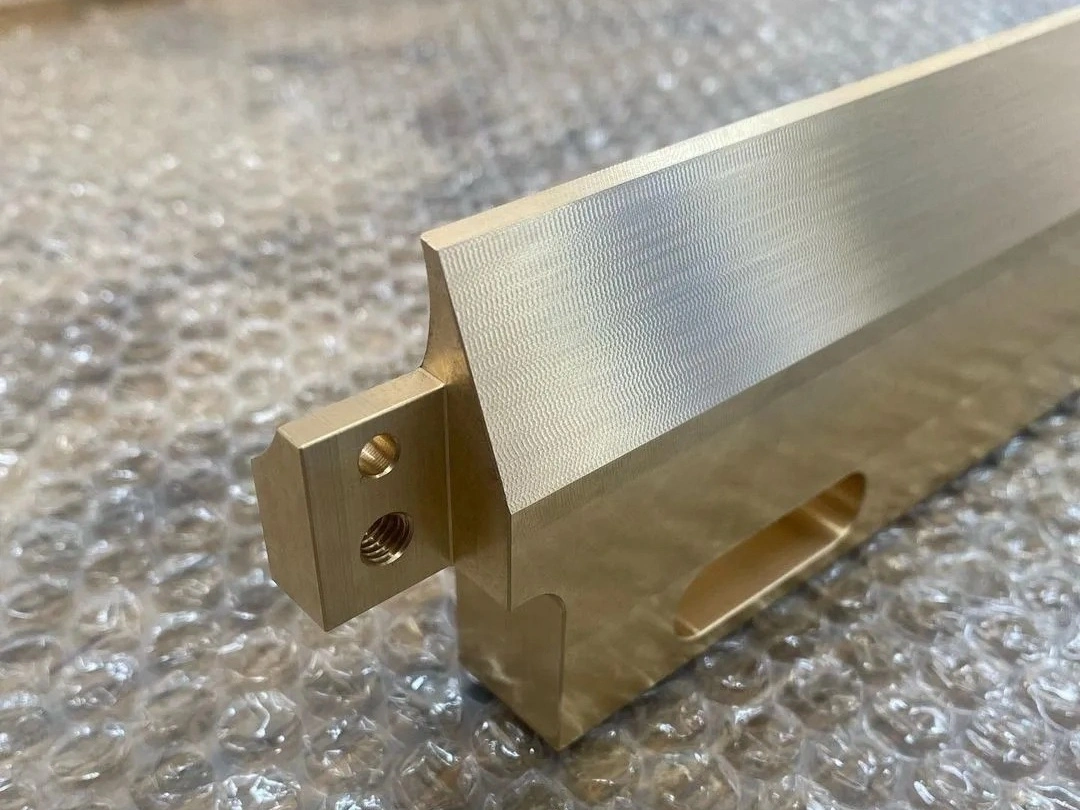
Learn More
As Machined
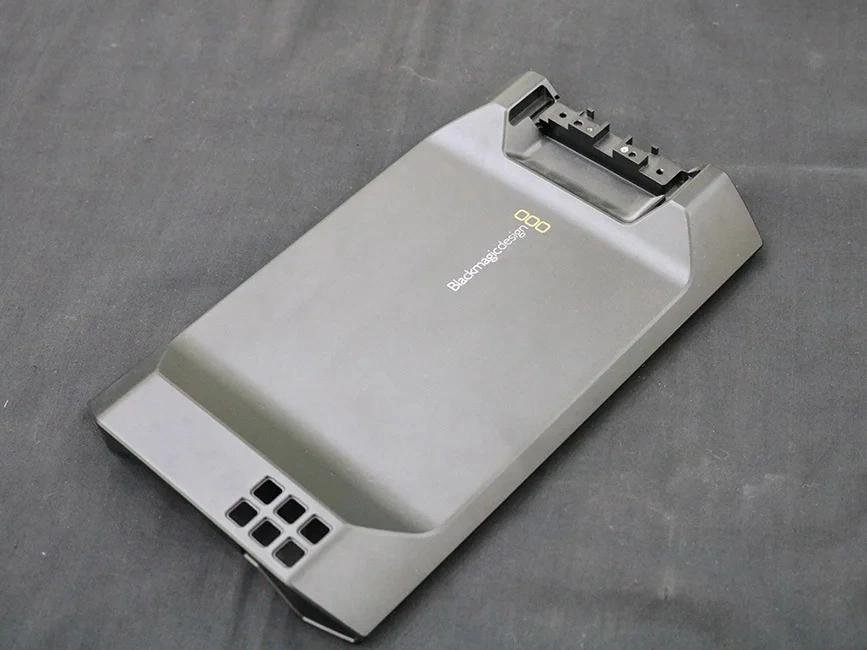
Learn More
Painting
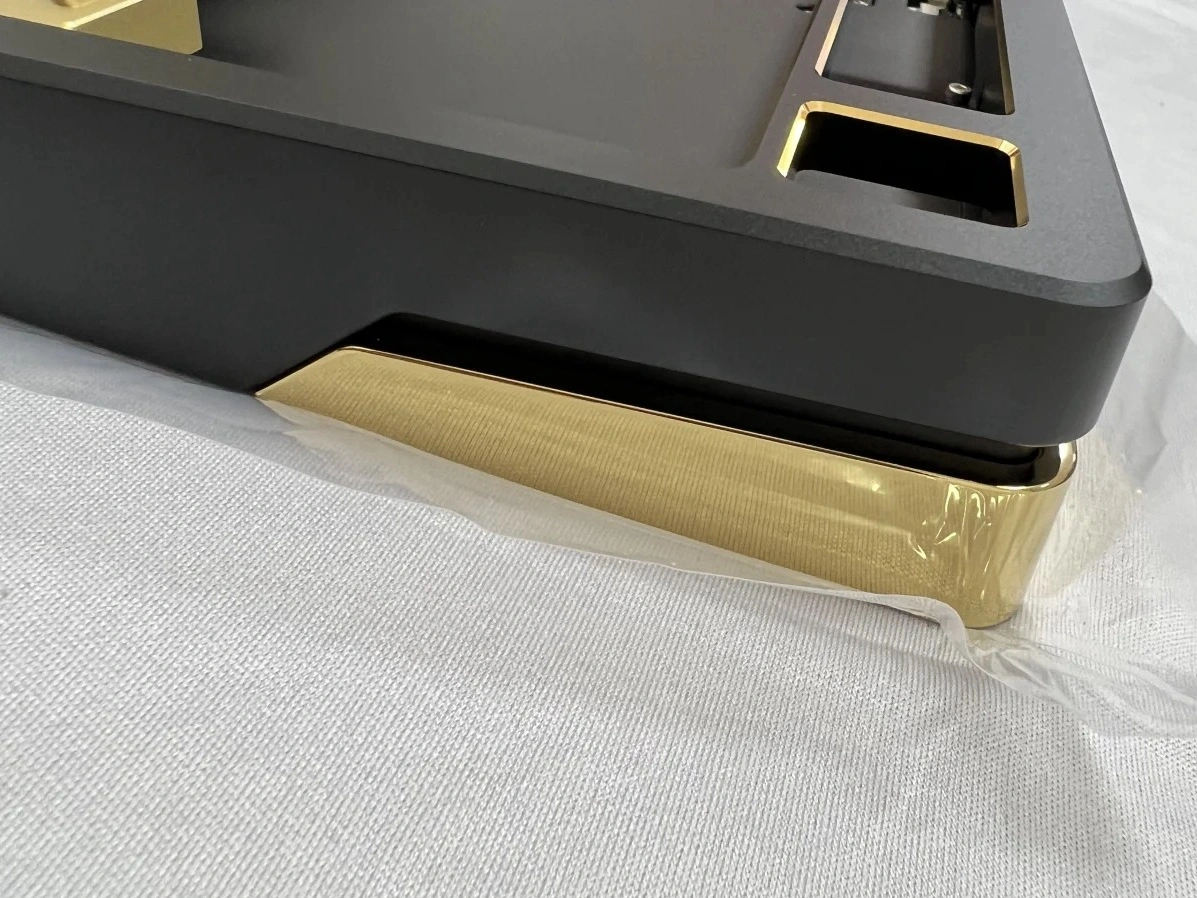
Learn More
PVD (Physical Vapor Deposition)
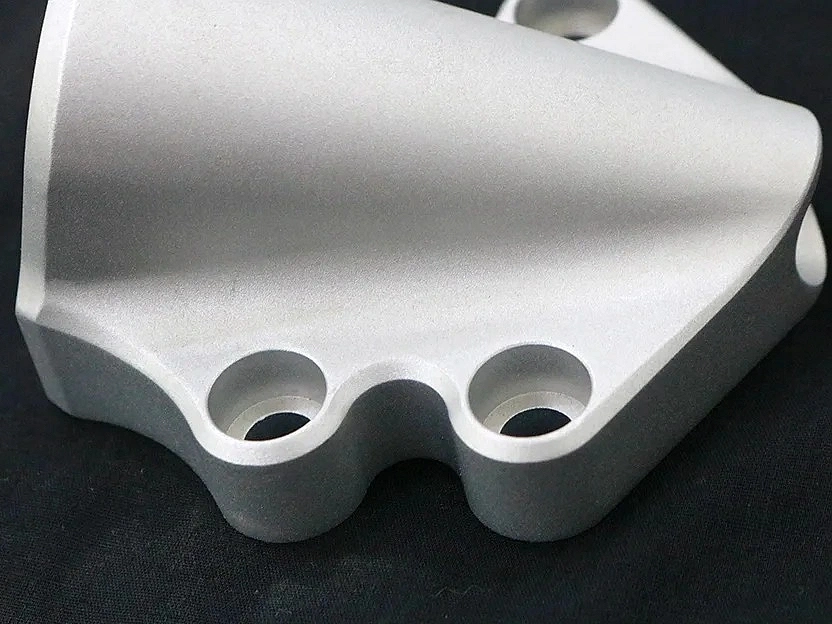
Learn More
Sandblasting
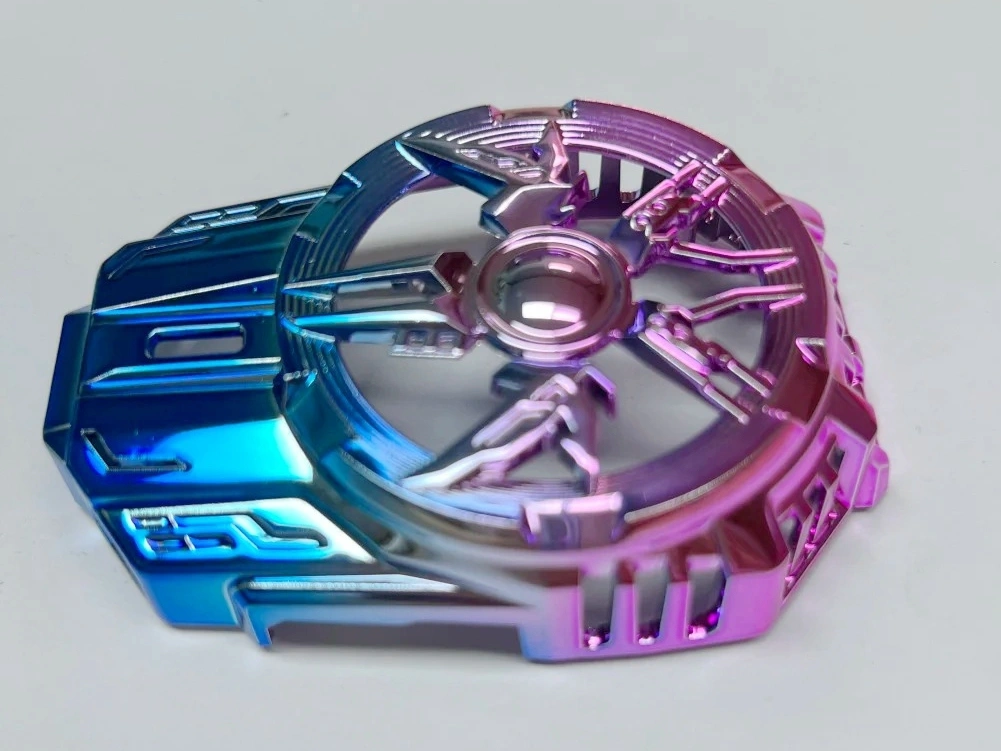
Learn More
Electroplating

Learn More
Polishing
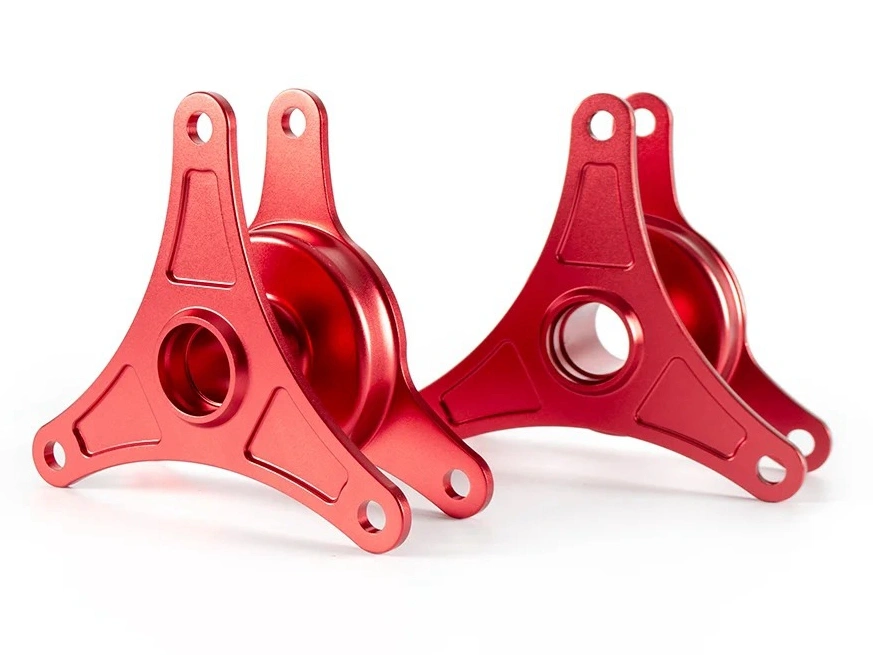
Learn More
Anodizing
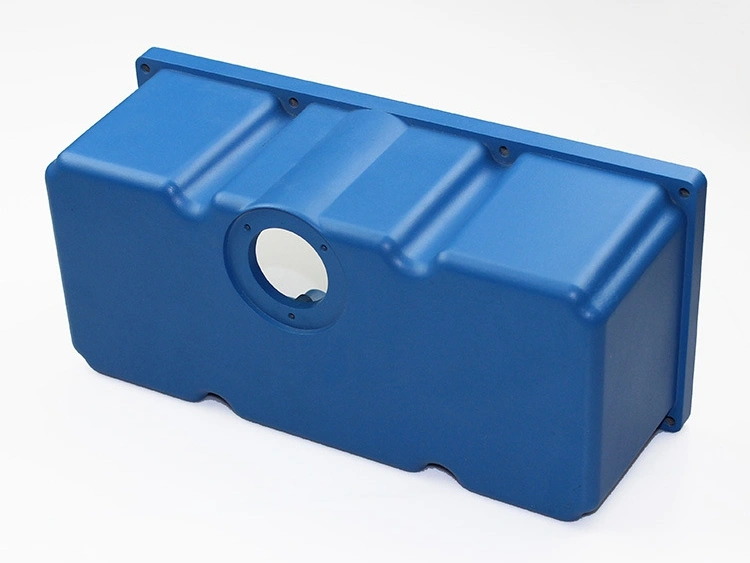
Learn More
Powder Coating
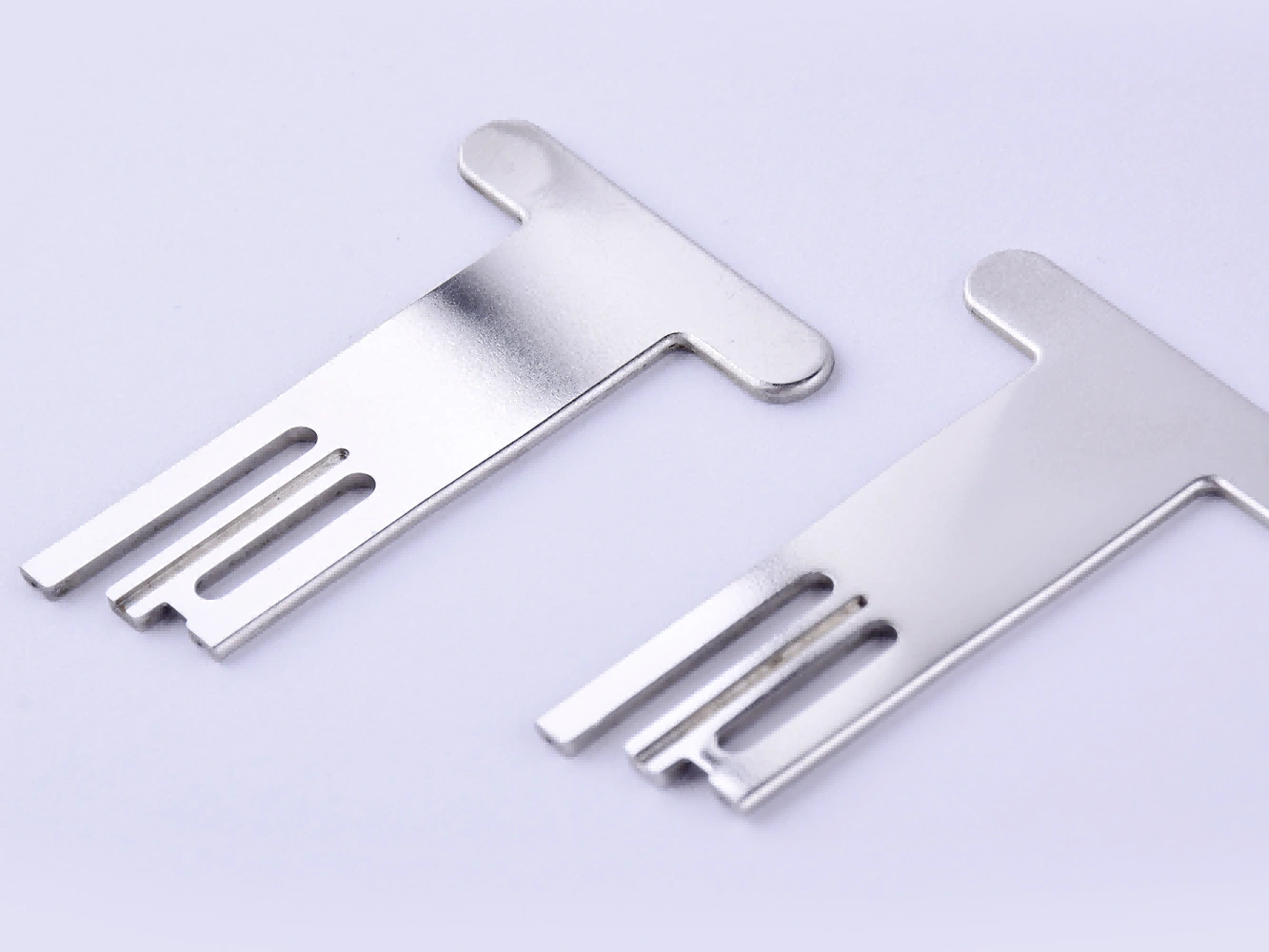
Learn More
Electropolishing
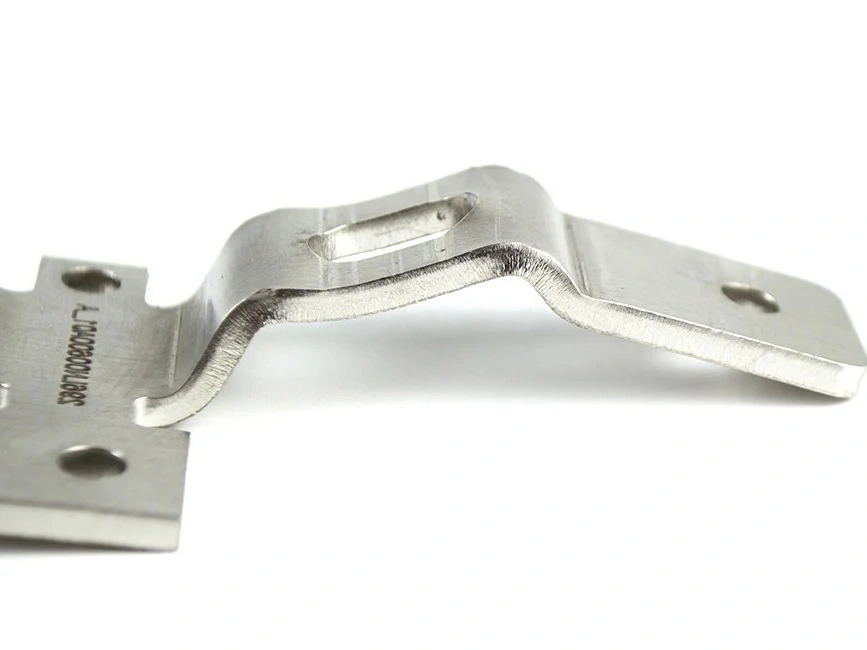
Learn More
Passivation
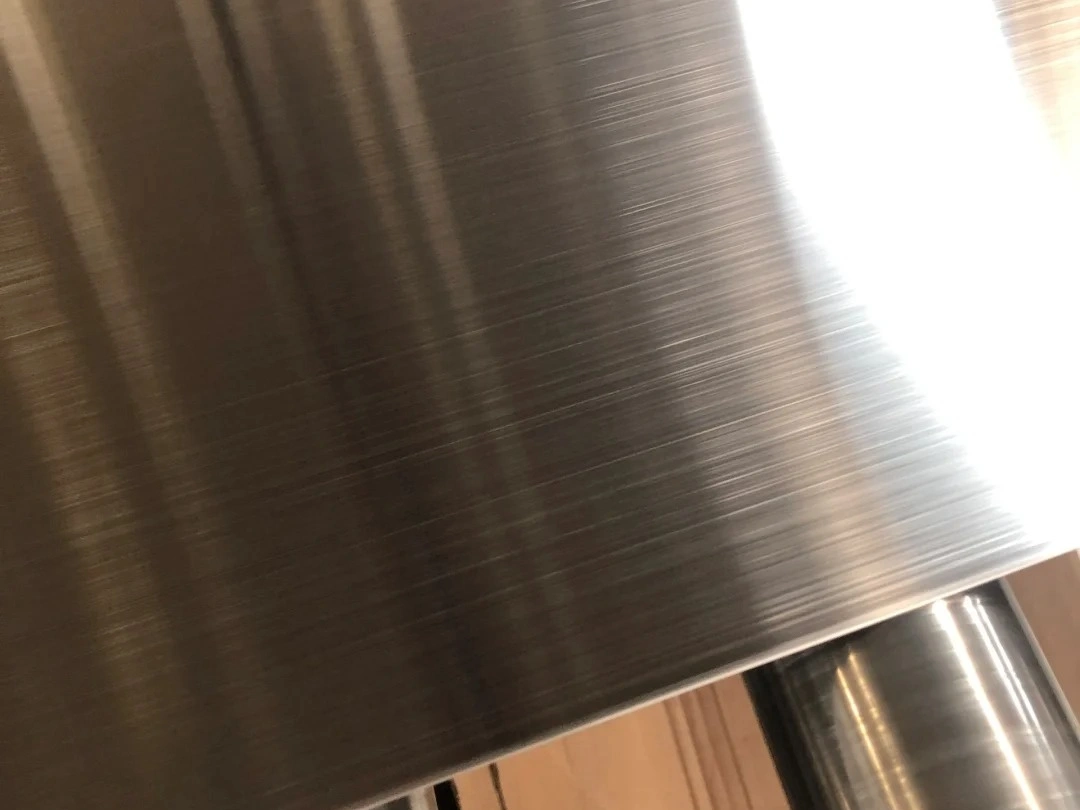
Learn More
Brushing
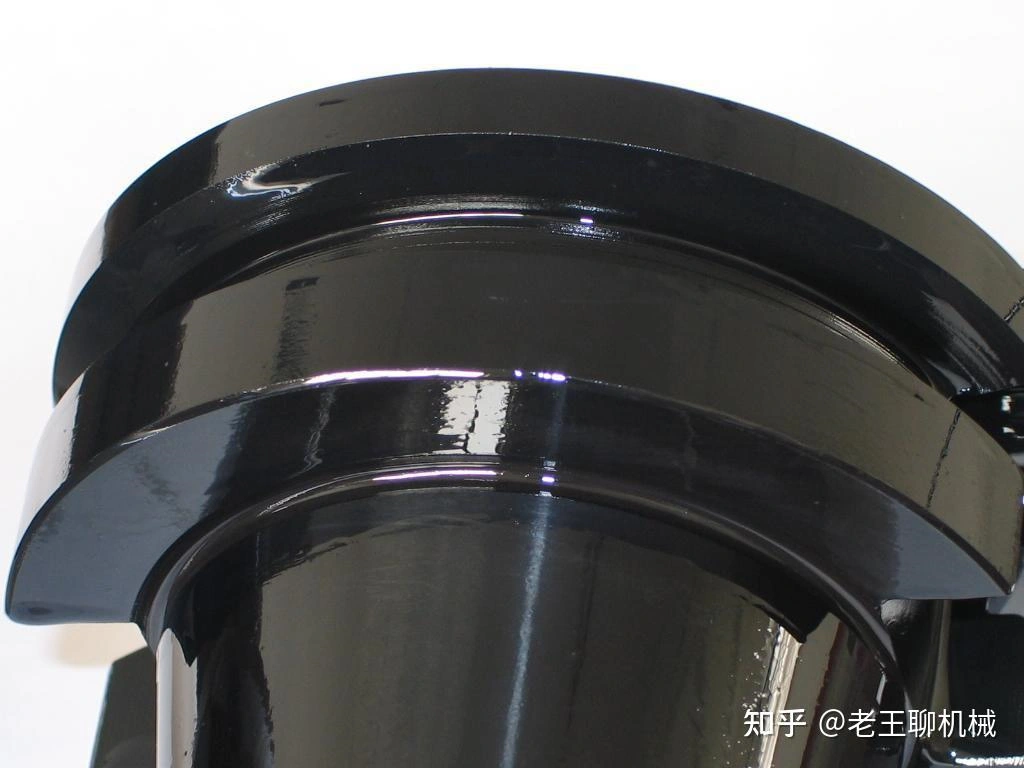
Learn More
Black Oxide
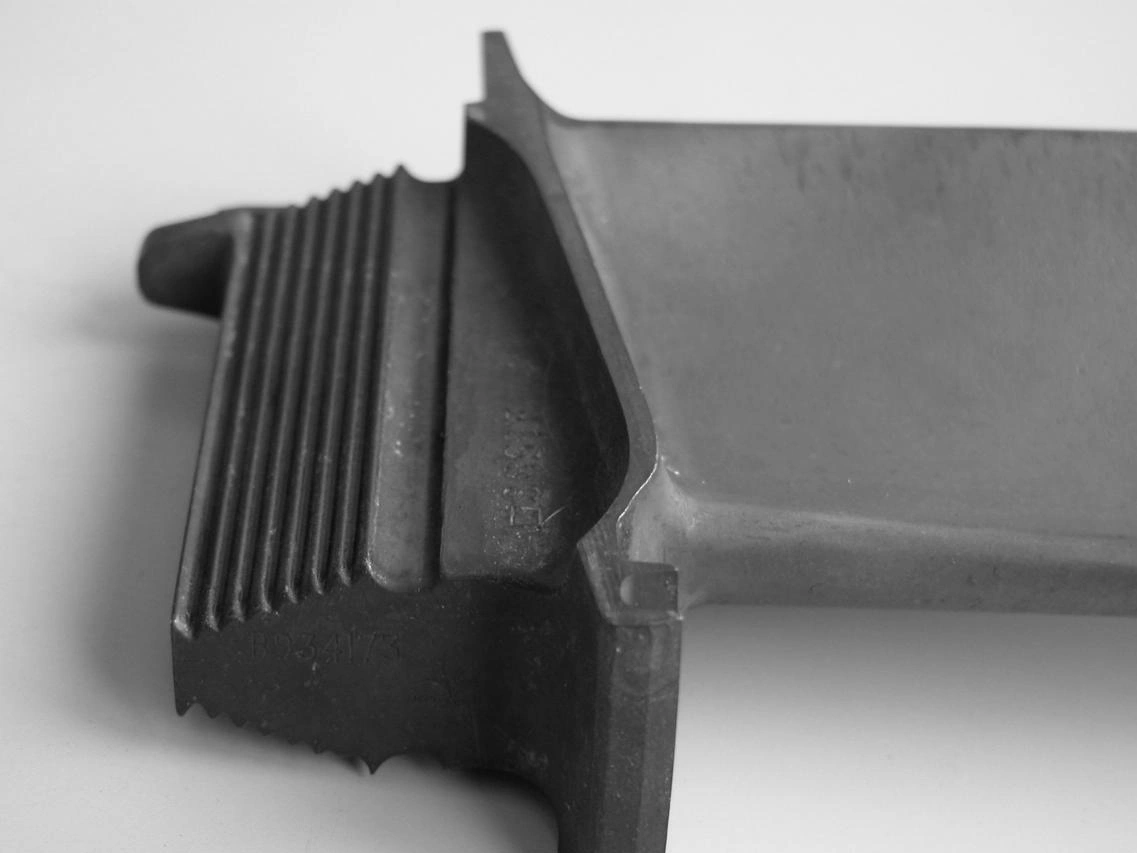
Learn More
Heat Treatment
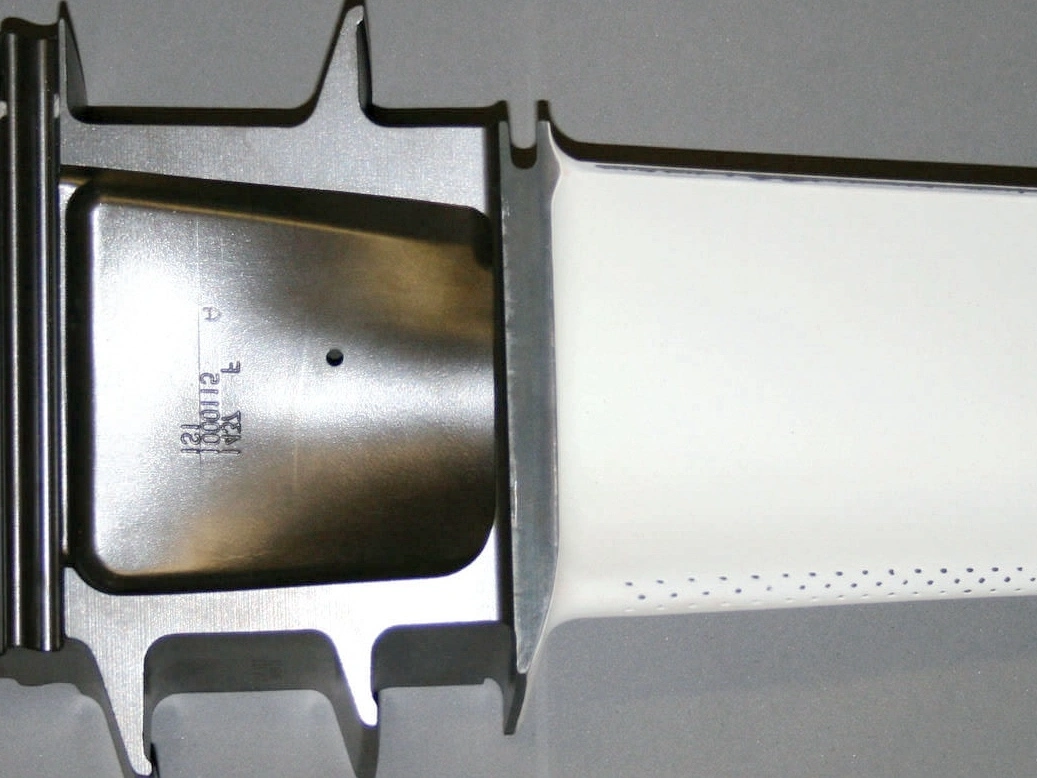
Learn More
Thermal Barrier Coating (TBC)
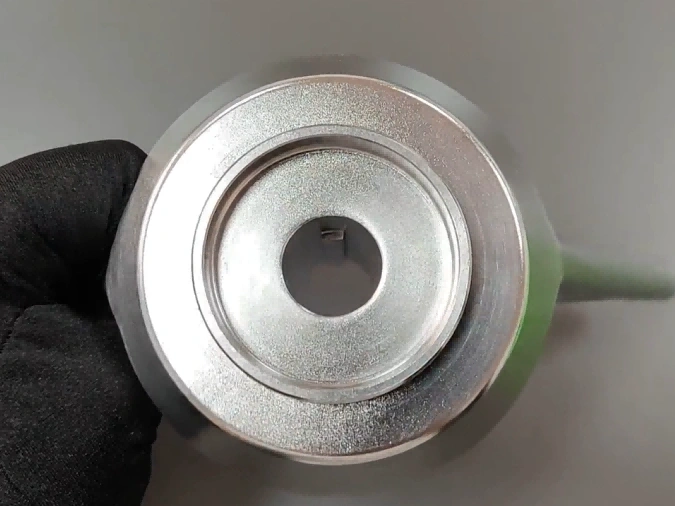
Learn More
Tumbling
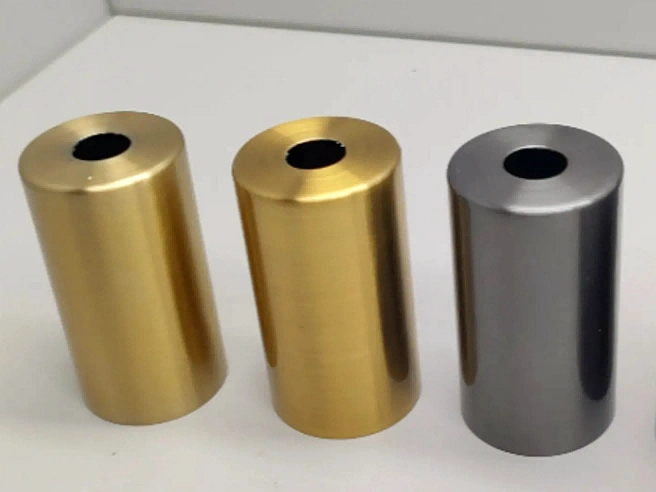
Learn More
Alodine
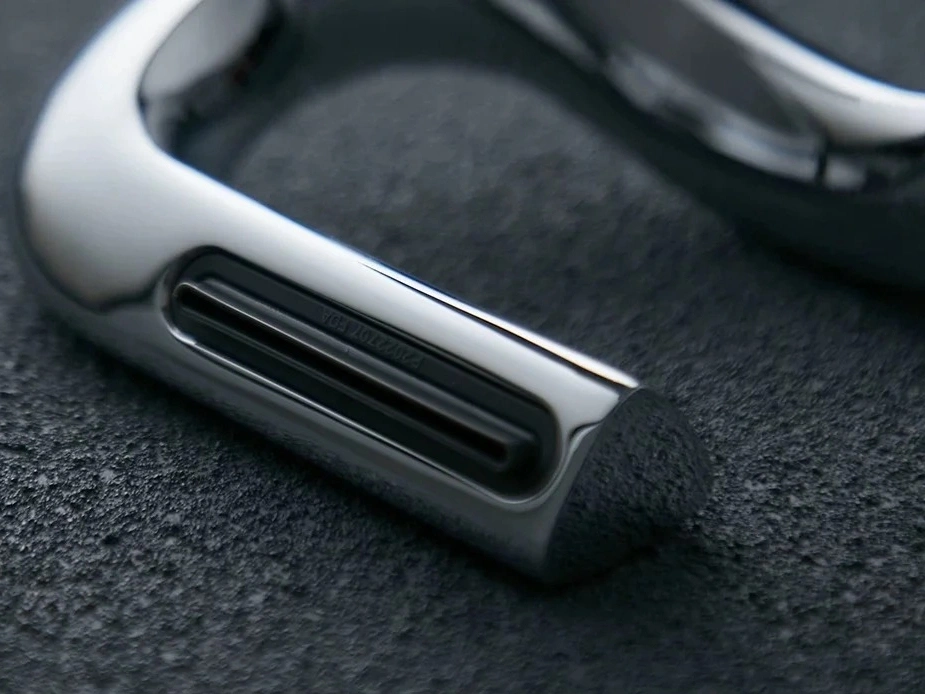
Learn More
Chrome Plating
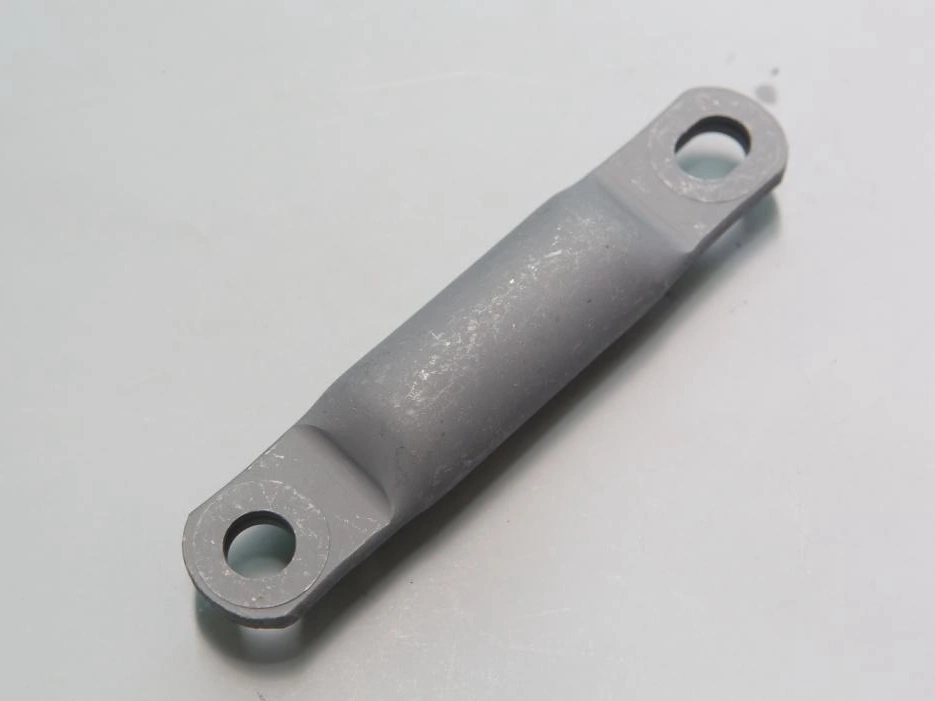
Learn More
Phosphating
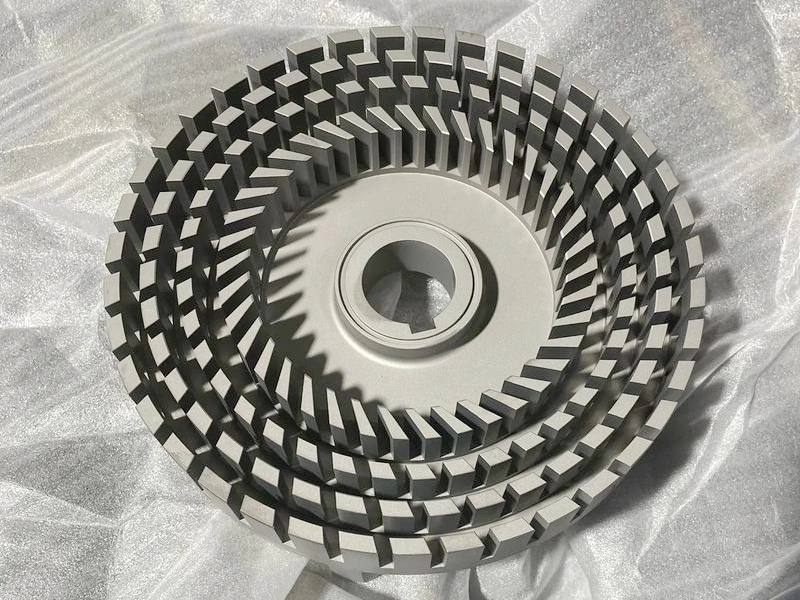
Learn More
Nitriding
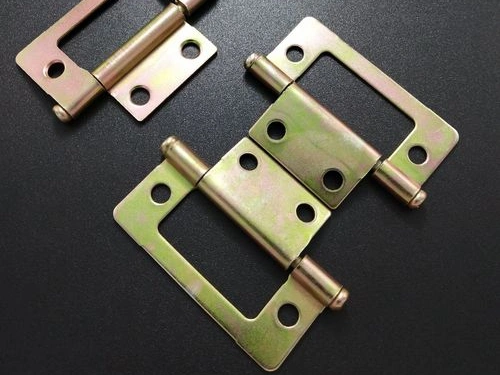
Learn More
Galvanizing
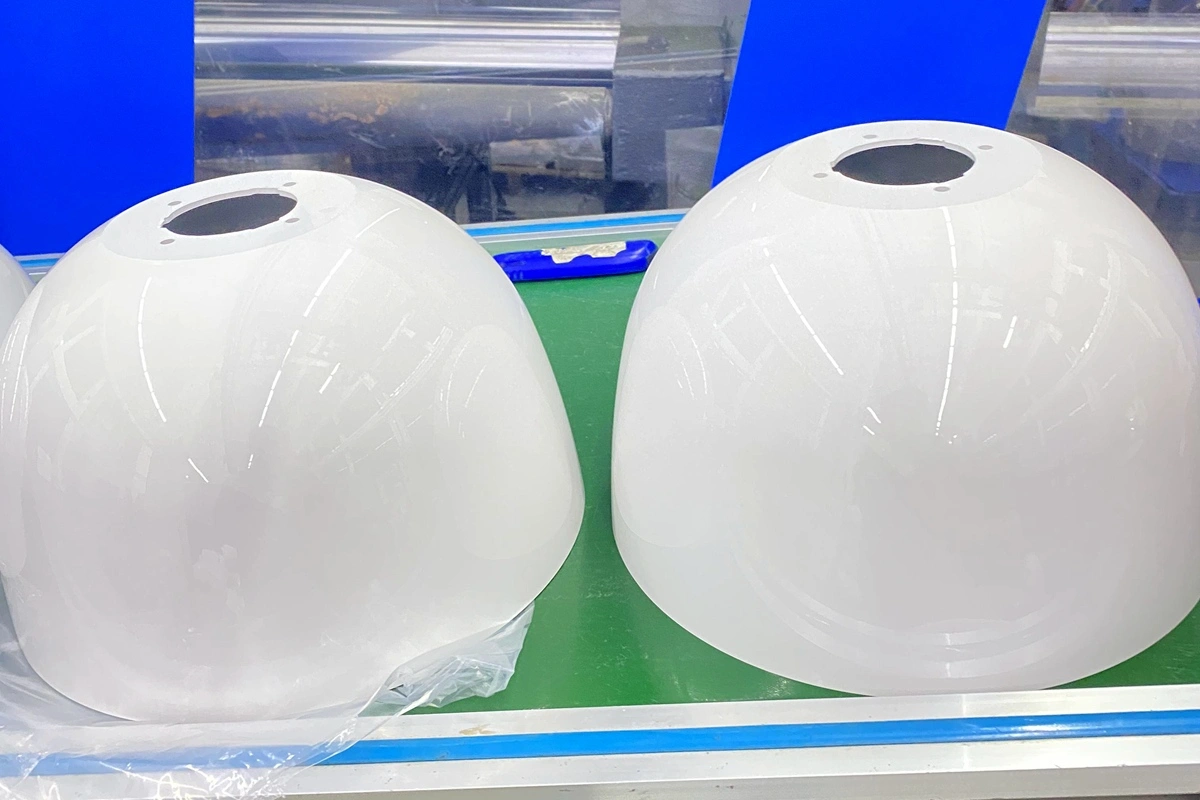
Learn More
UV Coating
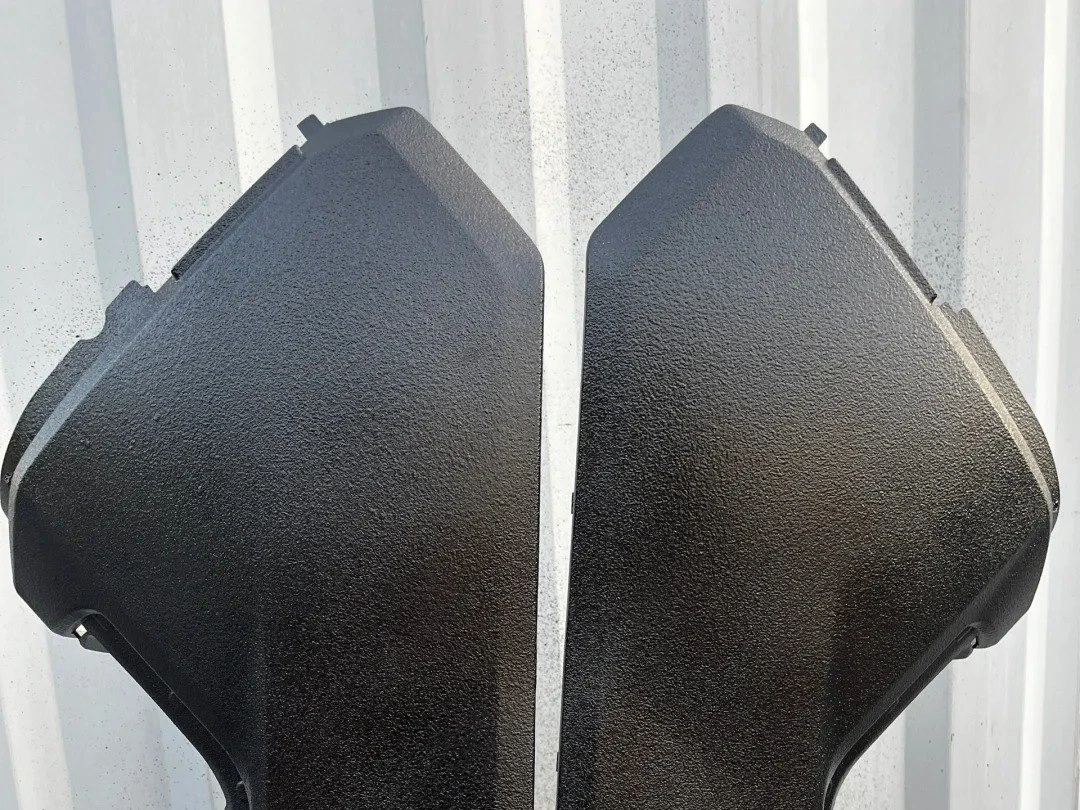
Learn More
Lacquer Coating
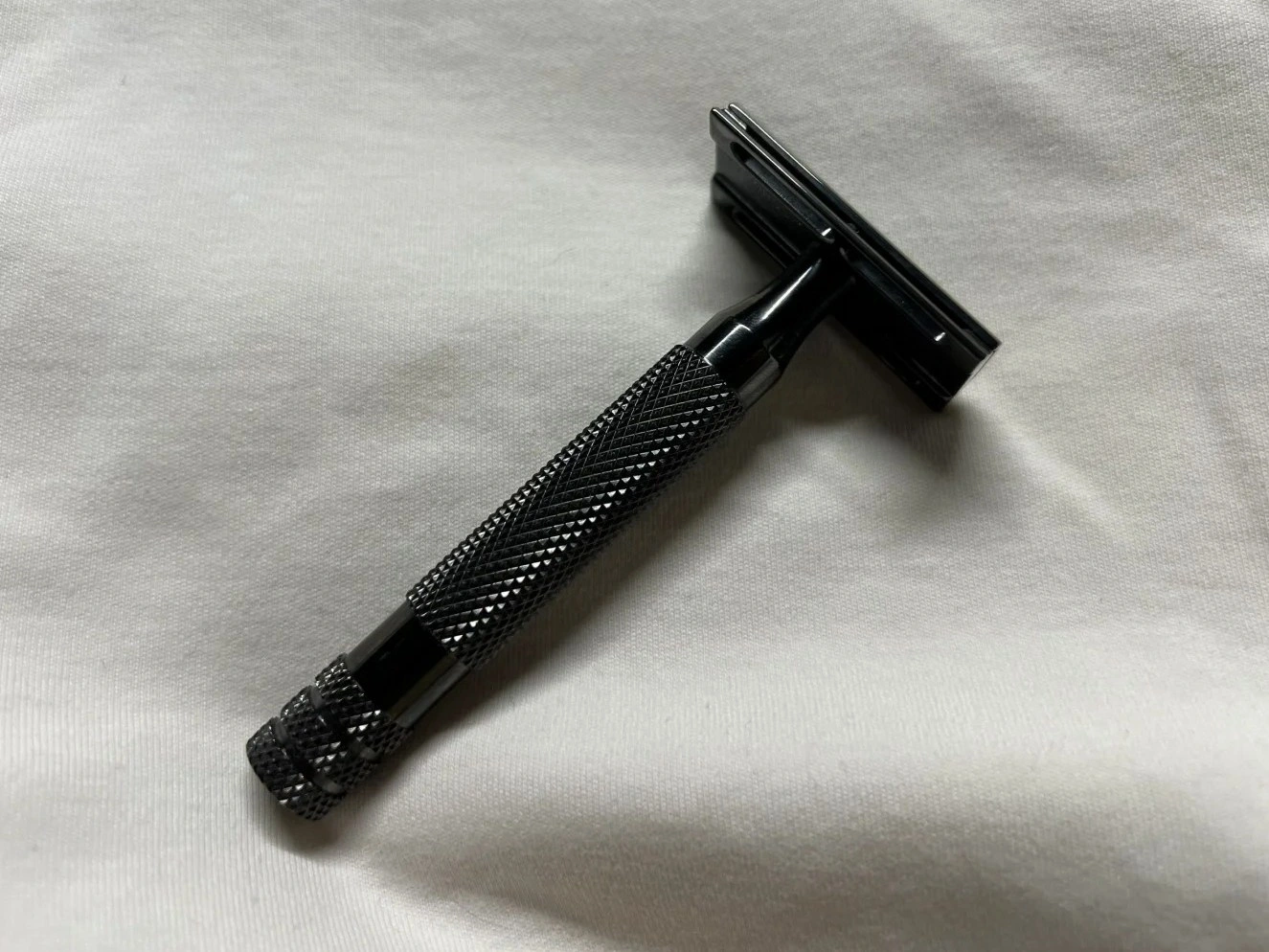
Learn More
Teflon Coating
Machining Prototyping Case Study
Neway's Machining Prototyping Case Study demonstrates successful use of Superalloy, Titanium, Aluminum, Copper, Brass, Bronze, Carbon Steel, Stainless Steel, Plastic, and Ceramic materials. We delivered precise, high-performance prototypes across diverse industries, meeting client specifications with exceptional quality and efficiency.
Let's Start A New Project Today
Suggestions for CNC Prototyping
CNC prototype design guidelines emphasize material selection, uniform wall thickness, achievable tolerances, and accessible features. Key principles include avoiding sharp corners, minimizing material removal, and ensuring proper hole design and symmetry to optimize machining efficiency, cost, and part quality.
Frequently Asked Questions
Explore Related Resources
Solutions
Copyright © 2025 Machining Precision Works Ltd.All Rights Reserved.
